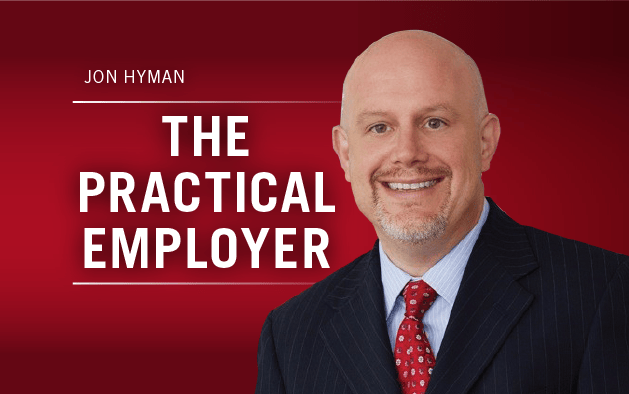Just because an employee complains about harassment does not mean that if the allegations are founded the employer must fire the harasser.
Consider, for example, Abbood v. Texas Health & Human Servs. Comm. (5th Cir. 11/7/19).
Amanda Abbood, an employee of the Texas Health & Human Service Commission, complained to her supervisor that a co-worker, Matt Otts, had subjected her to sexually offensive and unwelcome conduct, including comments about her figure, discussing his marital problems and describing “movies on Netflix that have a highly sexual connotation.” When confronted, Otts admitted to the misconduct, but claimed he was just joking. Instead of firing Otts, the employer reprimanded him, counseled him, reassigned him to another unit and relocated his office away from Abbood.
Four months later, however, Abbood again complained about Otts, this time that he told her he wanted to “jump her bones.” This time, the employer immediately removed Otts from the building, placed him on emergency leave, and changed the office locks. After completing its investigation, the employer then fired Otts.
Abbood’s second complaint about Otts occurred the same day as she suffered her own workplace issue. She discovered a stray dog outside the office, and used the commission’s computer database to try to locate the owner. The employer fired Abbood for the inappropriate use of its data system, in violation of its Computer Use Agreement and a Data Broker Computer Security Agreement.
Abbood, however, alleged that she was fired because of her complaints about Otts, and that the employer acted inappropriately by not firing Otts after the first harassment investigation. The 5th Circuit Court of Appeals, however, disagreed.
HHSC is not liable under Title VII if it took “prompt remedial action” once it knew of Otts’s harassment. Abbood argues that Otts should have been fired when she first reported him in August 2016, and that HHSC’s response was ineffective because he harassed her again in December. But an employer “need not impose the most severe punishment” on an offending employee, so long as the remedial action is “reasonably calculated” to end the harassment. And [t]o be reasonably calculated to end the harassment, an employer’s actions need not end the harassment instantly.” “The test … is not whether the harassment stopped but whether the action taken by the employer was reasonably calculated to end the harassment.”
Here, the record reflects that HHSC took prompt remedial action.… When … Abbood complained a second time, Otts was immediately placed on emergency leave, the office locks were changed, and he was subsequently fired. These facts demonstrate that HHSC took prompt remedial action.








